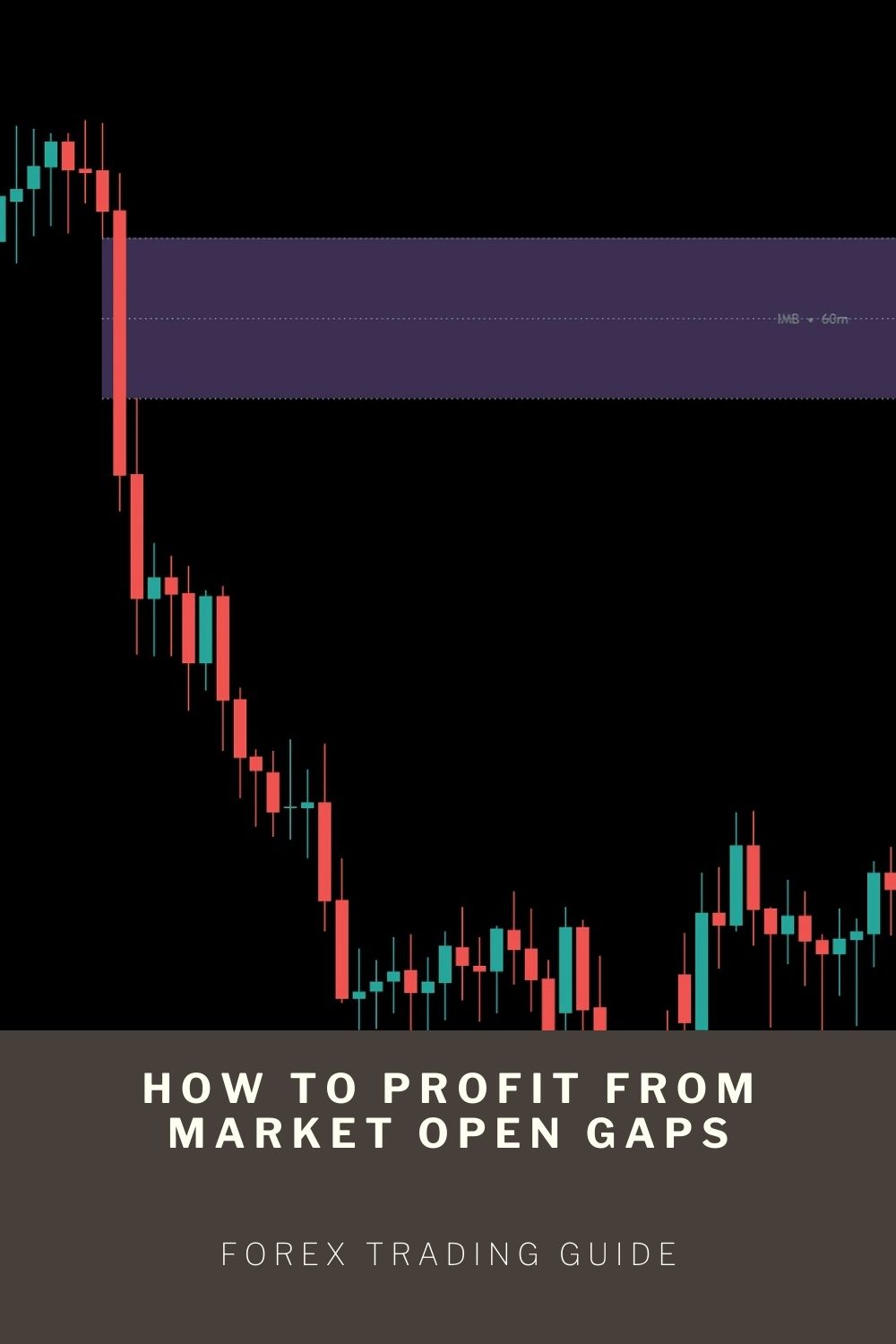Last Updated on April 5, 2025 by Arif Chowdhury
What Are Forex Gaps? 💹
Forex gaps occur when the market opens at a different price than where it closed previously.
These price discontinuities happen most often between Friday’s close and Sunday’s open.
According to market data from 2023, approximately 35% of all weekly forex sessions begin with a noticeable gap, creating perfect opportunities for prepared traders.
These gaps aren’t random—they’re reactions to weekend news, economic announcements, or geopolitical events that hit while markets were closed.
Why Gap Trading Is Profitable 🎯
Gap trading works because markets tend to “fill” gaps—meaning prices often return to pre-gap levels.
This reversion tendency creates predictable trading opportunities.
Research shows that nearly 70% of forex gaps fill within the first 24 hours of the new trading week.
That’s basically free money if you know what you’re looking for.
Types of Forex Gaps You Need to Know 📊
Breakaway Gaps
These gaps occur at the end of price patterns and signal the beginning of a new trend.
They represent a significant market shift in sentiment.
Common Gaps
The most frequent type, occurring during normal market conditions.
These typically fill quickly, making them perfect for short-term profits.
Exhaustion Gaps
These appear near the end of a price trend, signaling a potential reversal.
Recognizing these can help you avoid getting caught in false breakouts.
Measuring Gaps
These happen in the middle of a price trend and can help predict how far the trend might continue.
My Gap Trading Strategy Framework 🔍
After trading forex since 2015, I’ve refined my approach to gap trading through years of market analysis.
Here’s my exact process:
Step 1: Weekend Preparation
Identify potential market-moving events happening over the weekend.
Review weekly close prices for major pairs.
Set price alerts for Sunday’s open.
Step 2: Gap Identification
Look for price differences between Friday’s close and Sunday’s open.
Classify the gap type based on recent price action.
Measure the gap size (larger gaps over 30 pips have different probabilities of filling).
Step 3: Trade Execution
For common gaps: Enter positions in the direction of the gap fill.
Set tight stop losses above/below key levels.
Target the pre-gap price level for exits.
Risk Management in Gap Trading ⚠️
Always use stop losses—gaps can sometimes signal true breakouts rather than retracements.
Never risk more than 1-2% of your account on a single gap trade.
Consider using smaller position sizes on gaps that form after major news events.
Supercharge Your Gap Trading with Golden Grid 🚀
While manual gap trading is profitable, I’ve developed something even more powerful.
My Golden Grid EA trading system takes gap trading to the next level by automatically identifying and capitalizing on market inefficiencies—including gaps.
It doesn’t just wait for weekend gaps—it trades price discontinuities throughout the trading week.
The algorithm executes a grid of orders to capture multiple profit opportunities during volatile conditions.
With my system, traders typically see 2-5% ROI daily when market conditions align properly.
The best part? It works across all currency pairs, but shows exceptional performance on Gold (XAU/USD).
Technical Requirements for Successful Gap Trading 🖥️
Use a broker with competitive spreads and reliable Sunday opens.
Have access to weekend news sources to anticipate potential gaps.
Utilize proper charting software that clearly displays gap areas.
Work with a reliable forex broker that offers stable execution during volatile Sunday opens.
Common Gap Trading Mistakes to Avoid ❌
Assuming all gaps will fill (about 30% don’t).
Entering trades immediately at market open (wait for confirmation).
Overtrading small gaps with minimal profit potential.
Ignoring the broader market context when trading gaps.
Final Thoughts on Gap Trading
Gap trading remains one of the most reliable forex strategies in my arsenal.
When combined with systematic approaches like my Golden Grid EA, it becomes even more powerful.
The market gives us these opportunities every week—it’s just a matter of being prepared to capitalize on them.
Whether you trade gaps manually or use automated systems, the key is consistency and proper risk management.
Start by paper trading this strategy, then gradually implement it with a trusted forex broker once you’ve gained confidence.
